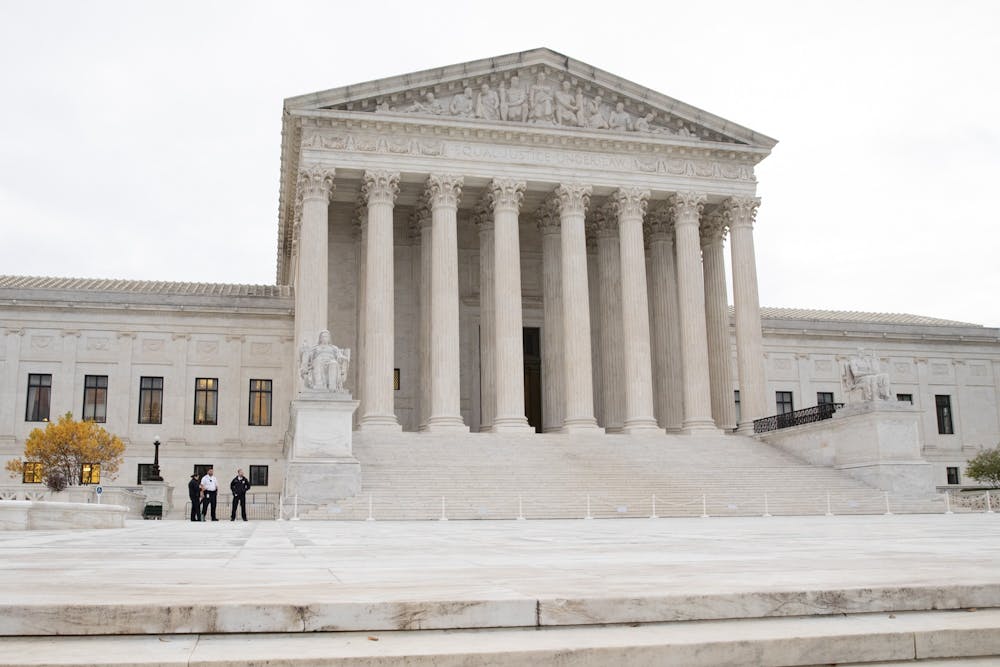Students for Fair Admissions v. UNC, a case decided by the U.S. Supreme Court in June that struck down affirmative action in higher education, could have wide-ranging impacts on University admissions, athletics and employment for people of color.
But what was the majority's legal reasoning behind the decision? How did the majority justify striking down affirmative action policies at UNC and Harvard?
What is strict scrutiny?
UNC's application readers and a secondary committee both considered race among many other factors when reviewing the applications, according to the opinion written by Chief Justice John Roberts.
SFFA sued both universities in 2014 on the grounds that affirmative action violates the equal protection clause of the 14th Amendment, which says that the government cannot deny equal protection under the law to any citizen.
Exceptions to the equal protection clause must pass what is known as strict scrutiny, meaning the policy must be a narrowly-tailored solution to a compelling government interest. A 2013 case on admissions policies determined that affirmative action was subject to strict scrutiny.
How did strict scrutiny and precedent apply in this case?
Roberts wrote about the history of the "separate but equal" doctrine established in Plessy v. Ferguson and its eventual overturning in Brown v. Board of Education. Brown, he wrote, got to the "core" of the 14th Amendment: eliminating "all governmentally imposed discrimination based on race."
He then referenced the precedent set by Justice Lewis Powell in the 1978 case Regents of University of California v. Bakke. That decision — a contentious one that produced six different opinions — determined that race could only be used as a "plus" as part of a comprehensive examination of the applicant. He also wrote that the positives of diversity on campus constituted a compelling government interest, fulfilling the first half of strict scrutiny.




